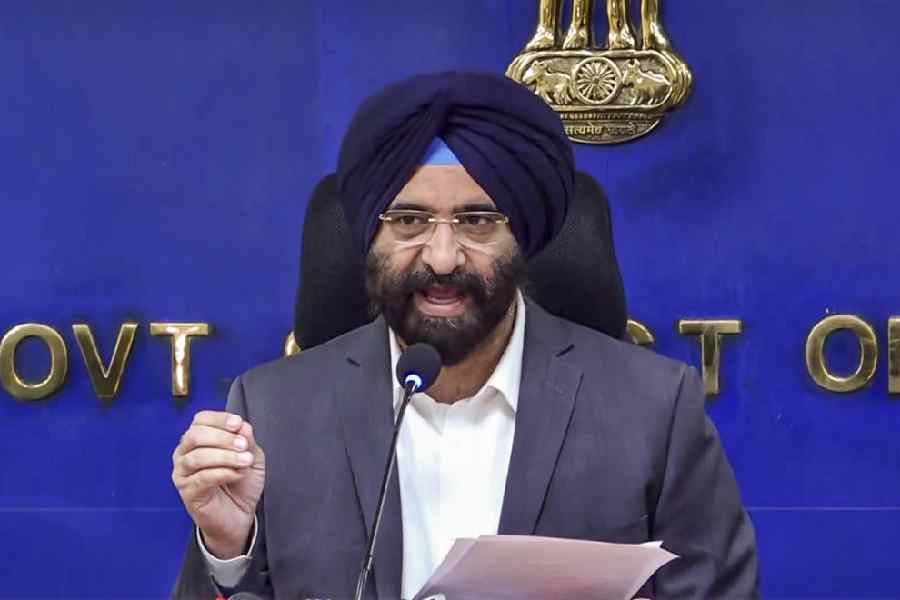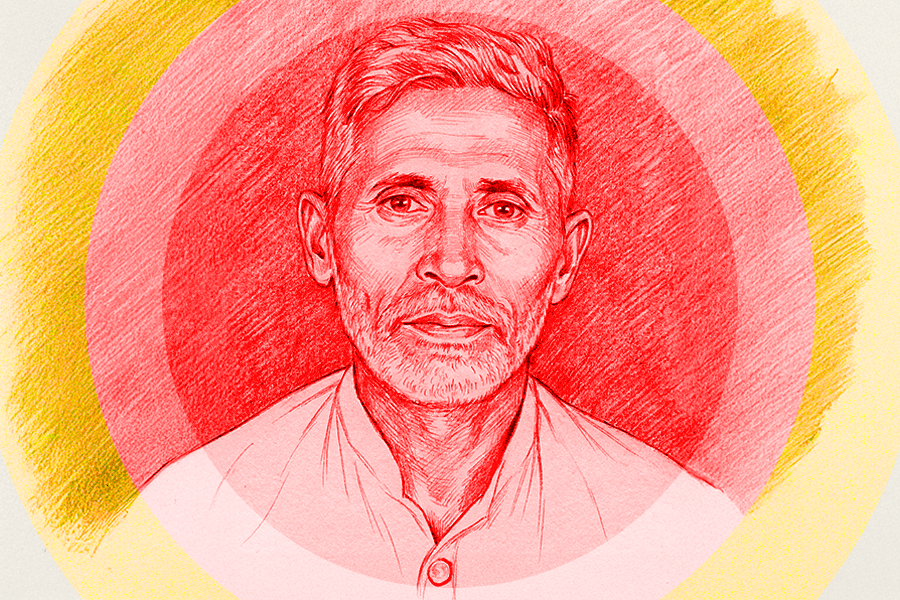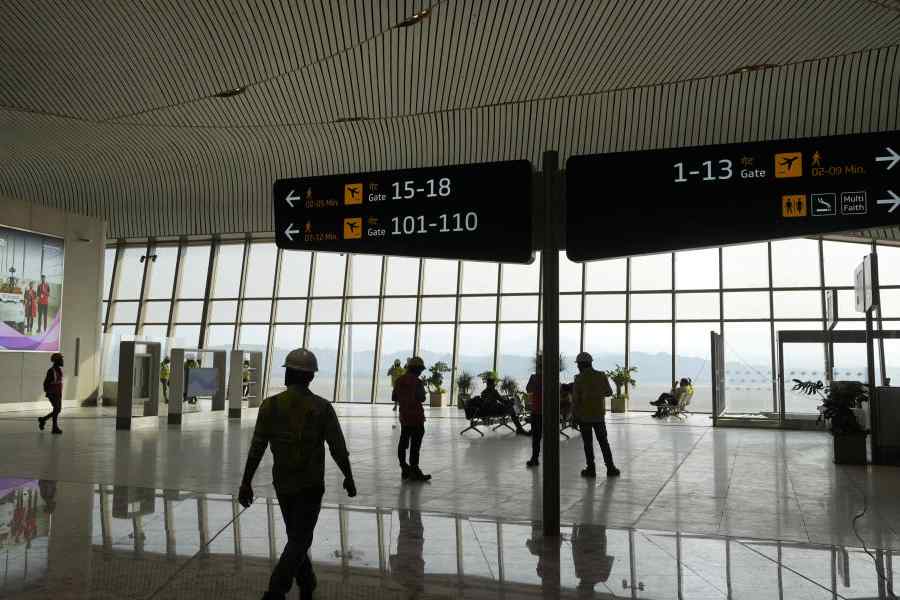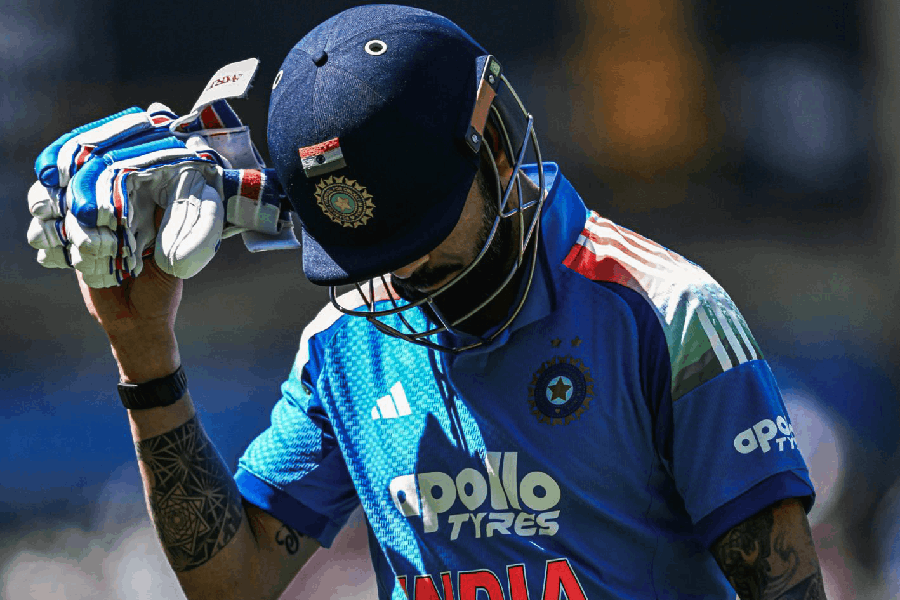Bad loans of banks may decline in the current fiscal to 5.3 per cent of total advances from a six-year low of 5.9 per cent in March 2022, the Reserve Bank of India said in its bi-annual Financial Stability Report. Macro-stress tests for credit risk show commercial banks to be well-capitalised and all the lenders would be able to comply with the minimum capital requirements even under adverse stress scenarios, the apex bank said. According to the RBI, banks maintained robust capital positions.
The capital to risk-weighted assets ratio (CRAR) was as high as 16.7 per cent in March 2022, with the common equity tier 1 (CET-1 or the core capital of a bank) ratio at 13.6 per cent. ``Under the assumption of no further regulatory reliefs as well as without taking the potential impact of stressed asset purchases by National Asset Reconstruction Company (NARCL) into account, stress tests indicate that gross non-performing assets (GNPA) ratio of all SCBs (scheduled commercial banks) may improve from 5.9 per cent in March 2022 to 5.3 per cent by March 2023 under the baseline scenario.” This was driven by higher expected bank credit growth and a declining trend in the stock of GNPAs, the RBI said.
The GNPA ratio of scheduled commercial banks stood at 7.4 per cent in March 2021 The RBI further said if the macroeconomic environment worsened to a medium or severe stress scenario, the GNPA ratio may rise to 6.2 per cent and 8.3 per cent, respectively. “At the bank group level too, the GNPA ratios may shrink by March 2023 in the baseline scenario.” In the severe stress scenario, the GNPA ratios of public sector banks (PSBs) may increase from 7.6 per cent in March 2022 to 10.5 per cent a year later. The ratios would go up from 3.7 per cent to 5.7 per cent for private sector banks and 2.8 per cent to 4 per cent for foreign banks over the same period.
The report added that banks, as well as non-banking financial institutions, have sufficient capital buffers to withstand shocks. On banking credit, the report said deeper profiling indicates that most of the revival was in the second half of 2021- 22, and it has continued during the current financial year. While personal loans (housing loans, education loans, consumer credit and loans for investment in financial assets like shares) remained a dominant component, credit demand from the industrial sector revived after collapsing in 2020-21 as well as in the first half of 2021-22.
“A significant portion of new industrial loans was extended as working capital loans. Loan growth to private corporate sector turned positive after two successive years of decline and deleveraging,’’ it said. HDFC margin HDFC chairman Deepak Parekh on Thursday said the home financier may face a compression of its net interest margin (NIM) in the short term as it is unable to immediately pass on the impact of RBI’s rate hike to borrowers. Parekh said the spreads and margins on loans sold by it will stabilise over the medium to long term. Parekh said the impact on the NIM, which stood at 3.5 per cent for the March quarter and 3.7 per cent for June 2021 quarter, will be for a “quarter or so”.











